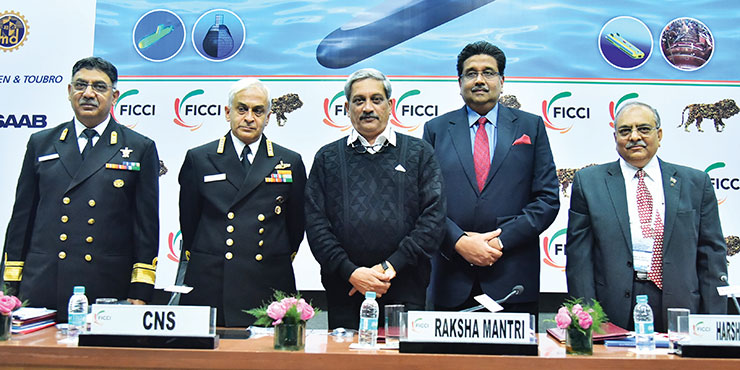
BEFORE INDEPENDENCE in 1947, India’s Navy was preferentially treated by the Royal Navy as its daughter Navy called the Royal Indian Navy (RIN) till 1950 when it became the Indian Navy with a Directorate of Naval Aviation under a British officer Cmde Captain HC Ronalds. Very few Indian naval officers had trained and flown planes during the war, the first being Lt YN Singh off British aircraft carriers when four officers Bakshi, Chakraveti, Sokhi, Law and Prashar earned their wings in UK at RNAS Donisbritle in Scotland and pioneered Navy’s Aviation branch. By 1953 the Navy took over the Cochin airfield as INS Garuda and a modest Naval Aviation strength of nine planes including amphibian Sealands with two airbases at Cochin and Sulur and a handful of pilots and air artificers had formed.
Vice Admiral WE Parry C-in-C RIN at Independence had recommended acquisition of two light carriers, when in 1948 Prime Minister Pandit Nehru invited Prof Blackett, Defence Adviser to the British Government, to visit India and table a technology report for the Government. India’s Viceroy and later Governor General Lord Admiral Louis Mountbatten scripted a ‘naval blue print plan’ for India’s Navy which included three aircraft carriers and a modest air fleet. This is the hallmark for any three dimensional ‘Blue Water Navy’, with the motto, “to rule the waves, it is essential to rule the skies above, and the depths beneath the oceans”.
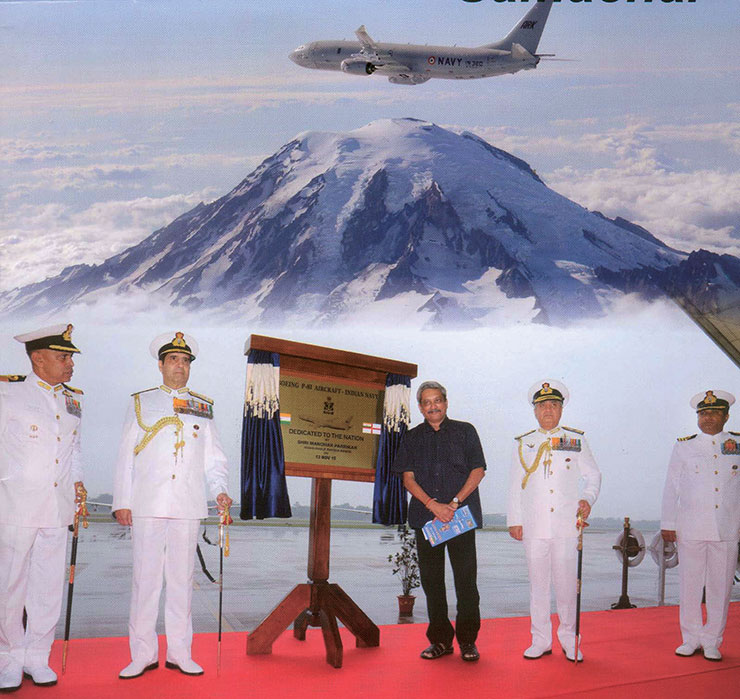 Mountbatten was able to convince Pandit Nehru that India should urgently acquire an aircraft carrier and build an air arm and stressed the importance of the Indian Ocean from his experience in the South East Asia campaign in World War II when Japanese naval aviation played havoc in to the Royal Navy and sank Britain’s latest and most powerful cruiser HMS Hood off Singapore. The Japanese in their advance west, set up and flew planes in to the Andaman Nicobar Islands.
Mountbatten was able to convince Pandit Nehru that India should urgently acquire an aircraft carrier and build an air arm and stressed the importance of the Indian Ocean from his experience in the South East Asia campaign in World War II when Japanese naval aviation played havoc in to the Royal Navy and sank Britain’s latest and most powerful cruiser HMS Hood off Singapore. The Japanese in their advance west, set up and flew planes in to the Andaman Nicobar Islands.
The Indian Navy set itself that it possessed a sizable naval air arm but funds were a constraint and surface ships got priority. The second hand British aircraft carrier HMS Hercules was ordered in the late 1950 and arrived India in 1961 with Sea-Hawk fighters and Breuget Alize ASW planes and was commissioned as INS Vikrant by Pandit Nehru at Bombay’s Ballard Pier and Indian Naval aviation has not looked back since and grown in prowess and capability.
The task of a large Navy’s air arm is to be the lead arm for Maritime Domain Awareness (MDA) and attack with its attributes of speed of response and ability to electronically cover large swaths of the seas and direct surface and underwater forces for ‘the kill’. To fulfill the task a modern Navy has to have maritime reconnaissance aircraft, helicopters, and unmanned aerial vehicles (UAVs) called drones to scour the seas and track and report.
Most ship borne helicopters have dipping sonars and radars to search, locate and report ships and submarines and the platforms that have weapons can prosecute the target themselves as a composite fighting unit. Aircraft carriers have squadrons of fighters to maintain Combat Air Patrols (CAPs) and intercept planes and attack targets afloat and ashore. These attributes signify the importance of naval aviation for a large navy which are also national assets for Humanitarian Assistance and Disaster Relief (HADR).
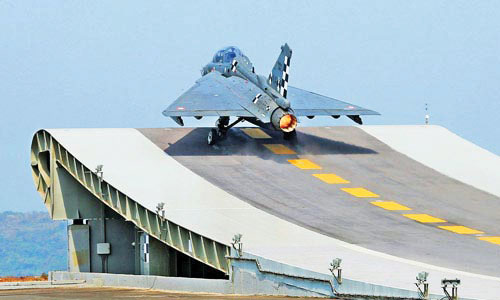 The aircraft carrier INS Vikrant (Ex HMS Hercules) acquired in 1961 with Sea Hawks and Alize ASW Arrar EW fitted planes showed its air power in East Pakistan in the 1971 war to rule the skies with the Indian Air Force and attacked the airfields along the coast and hastened the birth of Bangladesh. The nation learnt of the importance of naval aviation which is now indispensible.
The aircraft carrier INS Vikrant (Ex HMS Hercules) acquired in 1961 with Sea Hawks and Alize ASW Arrar EW fitted planes showed its air power in East Pakistan in the 1971 war to rule the skies with the Indian Air Force and attacked the airfields along the coast and hastened the birth of Bangladesh. The nation learnt of the importance of naval aviation which is now indispensible.
As of writing, 56 years after acquiring INS Vikrant and INS Viraat with Sea Harriers and Sea King helicopters in 1987 both stand decommissioned after glorious service. With amazing pilots and observers the 43,000-tonne INS Vikramaditya serves the Navy since 2016.
The Indian Navy’s air fleet has increased to 200 aircraft with a target of 400 by 2030 which will become one third of the current Indian Air Force strength which is also expected to expand. This number includes five IL-38 planes with Sea Dragon radar and an umbrella EW suite on top operating from INS Hansa in Goa, and eight plus four to arrive latest Boeing P-8I, anti submarine warfare fitted aircraft operate from INS Rajali near Chennai.
Boeing P-8I maritime reconnaissance planes with latest Mk 48 torpedoes, Mk 84 Harpoon missiles, sonar buoys, and radars and electronics can almost do what a warship can do to prosecute a target or intercept a plane with its nose mounted Raytheon APY-10 and belly mounted Telephonics APN-143(V) airborne radars. It is reported a P-8I did a recce into Doklam in the 2017 crises which lasted with China for 73 days.
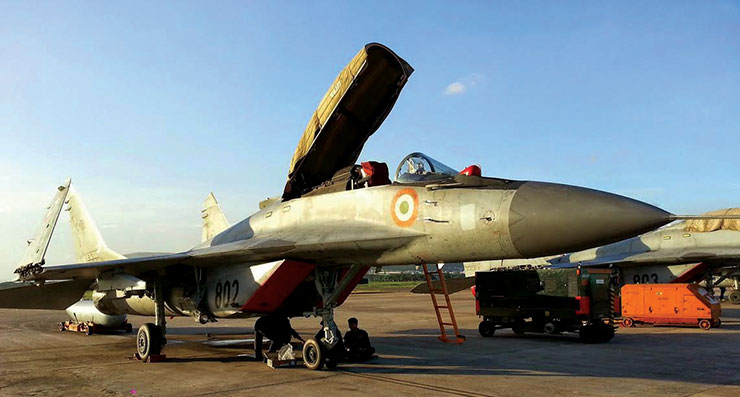 For near coastal MR, the Navy has 12 surveillance Dornier-220 planes supplied by Hindustan Aeronautics Ltd (HAL) Kanpur with E/LM-2022 Israeli radars and 28 other Dorniers. The Navy has 16 Kamov Ka-28 ASW and Kamov-31 helicopters, the latter with retractable radar, as ship borne helicopters for the six Russia acquired Krivacks. The Navy is operating 17 aging ASW Mk-42B and six Commando Seaking 42C helicopters.
For near coastal MR, the Navy has 12 surveillance Dornier-220 planes supplied by Hindustan Aeronautics Ltd (HAL) Kanpur with E/LM-2022 Israeli radars and 28 other Dorniers. The Navy has 16 Kamov Ka-28 ASW and Kamov-31 helicopters, the latter with retractable radar, as ship borne helicopters for the six Russia acquired Krivacks. The Navy is operating 17 aging ASW Mk-42B and six Commando Seaking 42C helicopters.
The 42,000-tonne aircraft carrier INS Vikramaditya (Ex Gorshkov) acquired in 2016 carries two squadrons of MiG-28K fighters with Kh-35 sea and land attack missiles and rockets and air to air missiles and Ka-31AEW helicopters with under slung radars. Ka-31’s have a wrap around radar towing a 6-m2 3600 aerial which slings under the helicopter.
The system can provide for 200-target multiple detection and 20-target multiple-tracking capability at 150 km for aircraft and 250 km for surface target to facilitate missile targeting. The Krivacks with KA-31 helicopter have an automatic mode via a tele-code data link for launch of long-range Klub and BrahMos missiles they carry.
The Vikramaditya has a resistor automatic landing (ALS) and the Luna optical landing systems of Russian origin working in conjunction with Indian-made Deck Approach Projector Sight (DAPS) and ship-aircraft data exchange fitted on board and replicated ashore. It has CCS-MKII communications and Link II/X command and control systems from Bharat Electronics Ltd (BEL) with allied EW suites. A Rheinmetall MiG-29k simulator is based ashore at INS Hansa in Goa. This makes up the impressive air fighting fleet, and Navy has dropped support for the Tejas after building a single and twin seat models as unfit for carrier operations in current configuration.
To support naval aviation, 13 Heron and Searcher Elta radar fitted Unmanned Aerial Vehicles (UAVs/RPAs) from Israel aptly called ‘Eyes in The Sky’ with EL/M 2022 Radar and ground moving targets identification GMTI mode can take off from shore bases, scour the seas, and return to base after 12 hours sorties, providing live high-resolution images for detailed examination by ships and shore controllers.
The Navy has 55 Chetak Alouttees, nine Advanced and six UH3H Light Helicopters to make up the support air arm. The 17 BAE Hawk-132 supplied by HAL operate from INS Dega at Visakhapatnam and provide lead in fighter training.
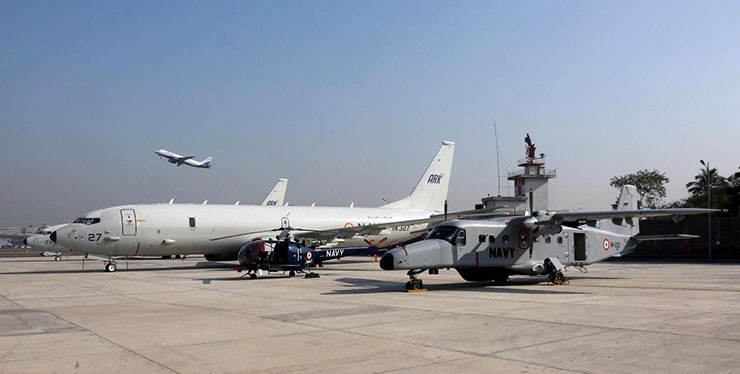
Thus the Indian Navy with its six airbases on the mainland and in the Andaman & Nicobar Islands ensures it has all the attributes for sea surveillance and control of the seas around India. When meshed with massive Brahmos and Klub missile and nuclear submarine power of INS Chakra and INS Arihant, the Navy can be called a Blue Water Navy.
The Navy can launch Task Forces to further areas with IAF and tanker refueling support which can also be provided by the US Navy under LEMOA and Intelligence and Communication support under COMCASA signed with the US. When BECA space co-operation is signed, data from US and Indian space satellites can be fused.
By 2021 Indian Navy will induct another 37,500 aircraft carrier Vikrant, under construction at Cochin Shipyard Ltd, which will also operate MiG-29Ks. The Navy is poised to acquire 16 ten-tonne Sikorsky multi-role Seahawk 60R helicopters from the US with missiles for Indian Navy’s India-built Type 15 and Shivalik frigates. The acquisition of 24 Sea Guardian drones from General Atomics has been cleared by the US Congress.
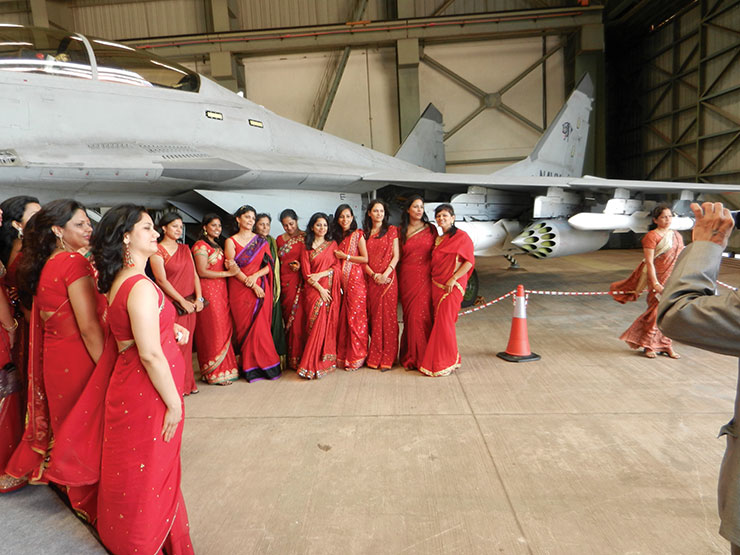 China has built up its naval aviation with two large aircraft carriers (Lianoning and Shadong) equipped with China-built JF-15 carrier planes which have failed as under powered it is reported with two crashes and will be replaced by J-31s. China operates shore based aircraft and ship borne HQ helicopters and has pushed its interests in the Indian Ocean with ‘cheque book diplomacy’.
China has built up its naval aviation with two large aircraft carriers (Lianoning and Shadong) equipped with China-built JF-15 carrier planes which have failed as under powered it is reported with two crashes and will be replaced by J-31s. China operates shore based aircraft and ship borne HQ helicopters and has pushed its interests in the Indian Ocean with ‘cheque book diplomacy’.
India has to heed Alfred Mahan and Ambassador Pannikar’s predictions that geo-strategic issues of the 21st century will be decided on the waters of the Indian Ocean. The Indian Navy is thus currently faced and tasked to thwart China’s maritime inroads in to the Indian Ocean Region (IOR) and keep watch over China’s captive bases in Gwadar and Djibouti.
It is commendable that Indian Navy has gradually expanded its naval air arm despite low naval budgets which have waxed and waned when naval aviation acquisitions could not keep pace with long term perspective, but the Navy has cut its coat well within the available funds. A few operational inadequacies need to be made up to ensure it remains fighting fit.
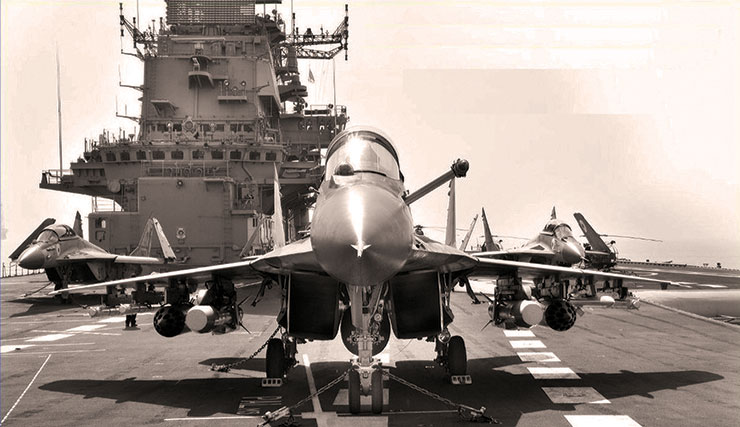
The importance of maritime security is seminal for nations and the continued ability of a nation to exploit the maritime environment, which encompasses both the high seas, the skies and the littoral and the coastal assets, has been critical for economic success and indeed the survival of the majority of nations throughout history. For this naval aviation can contribute heavily.
– The author is a Naval analyst and author of The Modern and Future Indian Navy









